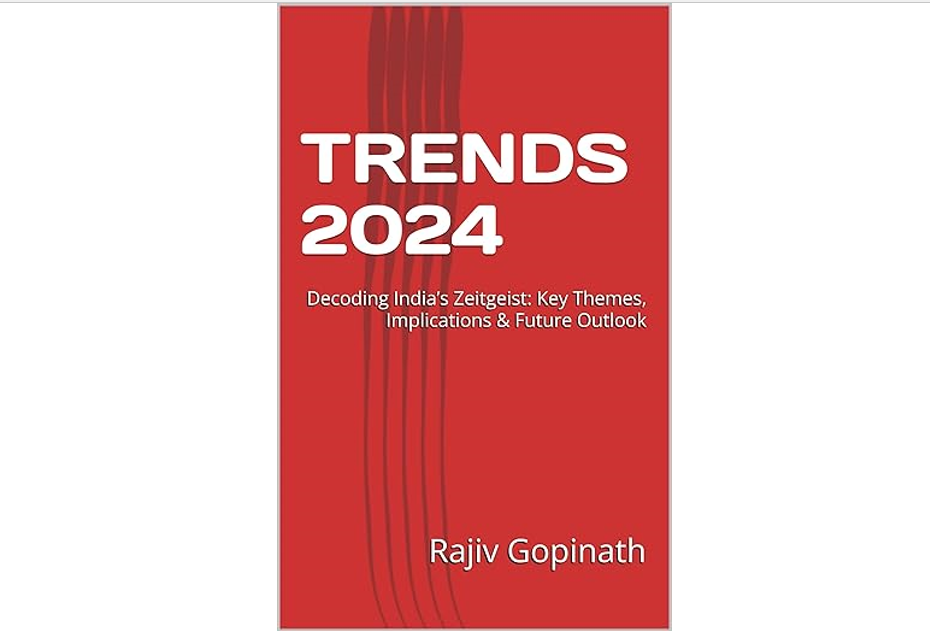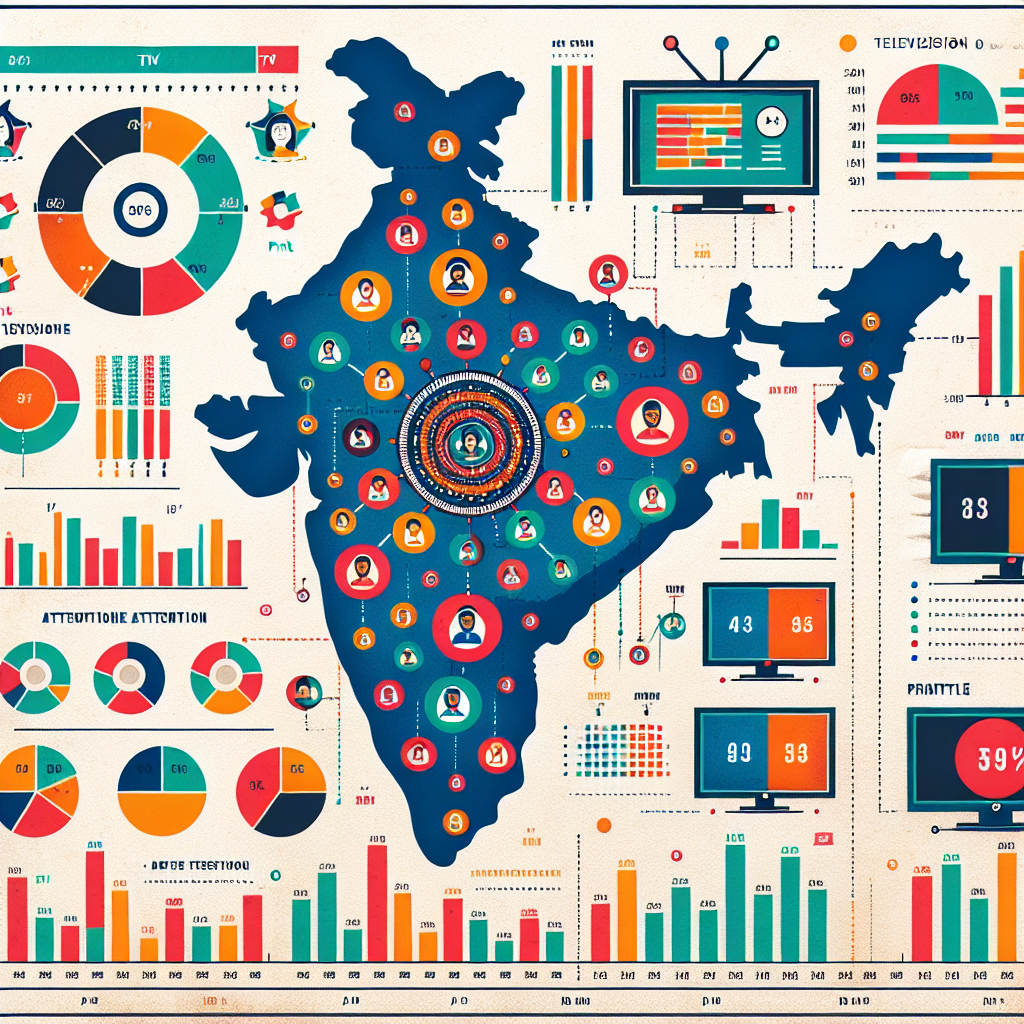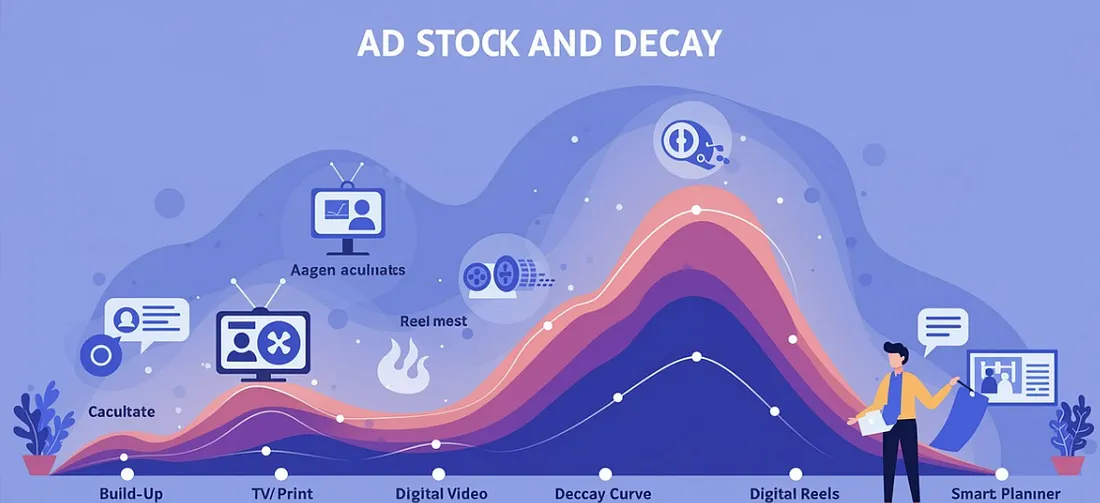The New Luxury: Why Consumers Now Value Scarcity Over Status
Introduction: The Transformation of Luxury in the Age of Abundance
The concept of luxury has undergone a profound metamorphosis in recent years. Traditional status symbols—once defined by price points, heritage branding, and conspicuous consumption—no longer command the premium they once did in consumer consciousness. According to research from Boston Consulting Group, 85% of luxury growth now comes from experiential categories rather than physical goods. This shift reflects what sociologist Elizabeth Currid-Halkett terms "the sum of small things"—the movement from conspicuous consumption to inconspicuous consumption patterns that emphasize scarcity, knowledge, and access over traditional status signaling. In today's digital marketplace, where perfect replicas of luxury goods are readily available and social media has democratized status signaling, true luxury increasingly resides in what cannot be easily reproduced: authenticity, limited availability, and unique experiences. This article examines the psychological, cultural, and technological forces driving this transformation, offering strategic frameworks for brands navigating the new luxury landscape where scarcity has replaced status as the ultimate signifier of distinction.
1. The Psychological Inversion: From Status Display to Knowledge Capital
Today's luxury consumers increasingly value what economist Thorstein Veblen would call "non-conspicuous consumption"—purchases visible only to those with the cultural capital to recognize their significance. According to consumer psychologist Jonah Berger's research on status signaling, as traditional luxury becomes democratized, sophisticated consumers shift toward subtle signifiers that require specialized knowledge to decode.
Craft spirits brand Clase Azul exemplifies this approach, with its handmade ceramic decanters functioning as recognition signals among connoisseurs rather than mass-market status symbols. Similarly, fashion label Bottega Veneta's removal of visible logos in favor of distinctive weaving patterns demonstrates what luxury analyst Jean-Noël Kapferer calls "discernible discretion"—identifiable only to the initiated.
Digital transformation has accelerated this inversion through what social media researcher Alice Marwick terms "micro-celebrity"—the ability to signal status to specific communities rather than broad audiences. AI-powered recommendation algorithms now create what data scientist Alexander Tuzhilin calls "knowledge bubbles"—specialized information environments where scarcity of knowledge becomes more valuable than abundance of possessions.
2. The Scarcity Spectrum: Beyond Limitation to Ephemerality
Modern luxury operates across what consumer researcher Rebecca Robins identifies as the "scarcity spectrum"—progressing from limited quantity to limited edition to unique experiences to genuine ephemerality. This spectrum creates escalating levels of exclusivity based on decreasing reproducibility.
Streetwear brand Supreme pioneered this approach with its "drop" model—releasing limited products without announcement or restocking—creating what marketing strategist Youngme Moon calls "artificial scarcity." This strategy evolved into Balenciaga's deliberately ephemeral pop-up stores, culminating in dining experiences like Noma's temporary international residencies, which exemplify what experience economy theorists Joseph Pine and James Gilmore call "transformative experiences"—memorable events that cannot be reproduced even for the same consumer.
E-commerce has intensified this scarcity value through what behavioral economist Dan Ariely terms "endowed progress"—the psychological investment created by complex acquisition processes. With AI-powered analytics now tracking what trend forecaster Faith Popcorn calls "scarcity response metrics"—measuring how different forms of limitation drive consumer behavior—brands can identify optimal positions on the scarcity spectrum for maximum perceived value.
3. The Authentication Revolution: From Brand Names to Provenance
As counterfeit luxury proliferates, authentic provenance has become more valuable than visible branding. According to research from the Business of Fashion, 40% of millennial luxury consumers now research product origins before purchase, reflecting what anthropologist Grant McCracken calls "provenance value"—worth derived from verifiable authenticity rather than brand perception.
Luxury watch marketplace Hodinkee demonstrates this shift by emphasizing historical knowledge and authenticated provenance over brand prestige. Similarly, farm-to-table pioneer Blue Hill at Stone Barns creates value through transparent ingredient sourcing and hyperlocal food systems, exemplifying what food philosopher Michael Pollan calls "radical transparency"—complete visibility into production methods.
Blockchain technology has revolutionized this authentication process through what supply chain theorist Yossi Sheffi calls "digital provenance"—immutable records of product history. With AI-powered authentication systems now able to verify material composition through molecular analysis, brands can create what technology ethicist Don Tapscott terms "verification capital"—trustworthy evidence of authenticity in an era of sophisticated replication.
4. The Access Economy: From Ownership to Curation
Modern luxury increasingly manifests through access to curated experiences rather than ownership of status objects. According to sharing economy researcher Arun Sundararajan, this shift reflects what he terms "connected consumption"—prioritizing temporary access to optimal experiences over permanent possession.
Private club network Soho House exemplifies this approach, creating value through access to global spaces and vetted communities rather than physical assets. Similarly, luxury accommodation platform Airbnb Luxe offers access to extraordinary properties and experiences unavailable through traditional hospitality channels, demonstrating what service design theorist Lynn Shostack calls "experience choreography"—the deliberate orchestration of scarcity through access control.
Digital platforms have accelerated this transition through what platform economist Sangeet Paul Choudary calls "curation capital"—the ability to select and organize resources rather than own them. With AI-powered recommendation systems now creating what data scientist Sinan Aral terms "personalized scarcity"—experiences tailored to individual preferences yet limited in availability—brands can generate premium value through what economist Jeremy Rifkin calls "access intelligence" rather than asset accumulation.
5. Strategic Implementation: The New Luxury Matrix
Successfully implementing scarcity-based luxury requires systematic evaluation of brand capabilities and market positioning. According to luxury strategist Jean-Noël Kapferer's brand identity model, organizations should consider four factors when developing scarcity-driven value propositions:
- Authentication capability: The ability to verify and communicate genuine provenance.
- Curation expertise: Specialized knowledge that enables meaningful selection and context.
- Production constraints: Natural limitations that create genuine rather than artificial scarcity.
- Community dynamics: Specialized audiences that recognize and value specific scarcity signals.
Danish audio brand Bang & Olufsen effectively balances these elements through limited production capacity, materials expertise, design heritage, and specialized consumer communities. Conversely, Michael Kors' market saturation demonstrates what luxury strategist Pamela Danziger calls "masstige dilution"—the erosion of exclusivity through overexpansion.
Digital platforms now enable what innovation theorist Stefan Thomke calls "scarcity testing"—systematically evaluating consumer response to different scarcity mechanisms before full implementation. Through AI-powered preference analysis, brands can identify what consumer psychologist Robert Cialdini terms "optimal scarcity thresholds"—the precise limitations that maximize perceived value without frustrating acquisition.
Conclusion: Beyond Products to Possibility
The evolution from status-based to scarcity-based luxury represents more than a temporary shift in consumer preferences—it reflects fundamental changes in how value is constructed in the experience economy. As traditional status markers become democratized through technology and global access, distinction increasingly manifests through what cannot be easily replicated: authenticated provenance, specialized knowledge, curated access, and ephemeral experiences.
The most successful implementations of new luxury are those grounded in genuine constraints rather than artificial limitation—carefully calibrated scarcity derived from actual production capacity, specialized expertise, or experience design. As consumer environments grow increasingly saturated with perfect replicas and algorithmically optimized products, the ability to offer genuine scarcity may become the ultimate luxury positioning. The paradox of contemporary luxury may well be that less—when it represents genuine limitation rather than manufactured exclusivity—has become more valuable than more.
Call to Action
For brand leaders navigating the new luxury landscape:
- Conduct provenance audits to identify authentic scarcity elements within your organization that could be amplified into credible luxury positioning.
- Develop tiered access strategies that create meaningful scarcity through curation rather than arbitrary limitation.
- Create authentication systems that transparently validate product origins and production processes for increasingly skeptical consumers.
- Implement dynamic scarcity frameworks that systematically balance availability against demand while maintaining authentic brand positioning.
Featured Blogs

TRENDS 2024: Decoding India’s Zeitgeist: Key Themes, Implications & Future Outlook

How to better quantify attention in TV and Print in India

AI in media agencies: Transforming data into actionable insights for strategic growth

How the Attention Recession Is Changing Marketing

The New Luxury Why Consumers Now Value Scarcity Over Status

The Psychology Behind Buy Now Pay later

The Rise of Dark Social and Its Impact on Marketing Measurement

The Role of Dark Patterns in Digital Marketing and Ethical Concerns

The Future of Retail Media Networks and What Marketers Should Know
Recent Blogs

Ad Stock & Decay: The Invisible Hand Guiding Media Schedules

The Big Mac Illusion:What a Burger Tells Us About Global Economics

When Search Starts Thinking How AI Is Rewriting the Discovery Journey

CEP Tracker The Modern Brand Health Metric

Cracking Growth: How to Leverage Category Entry Points (CEPs) for Brand Advantage

